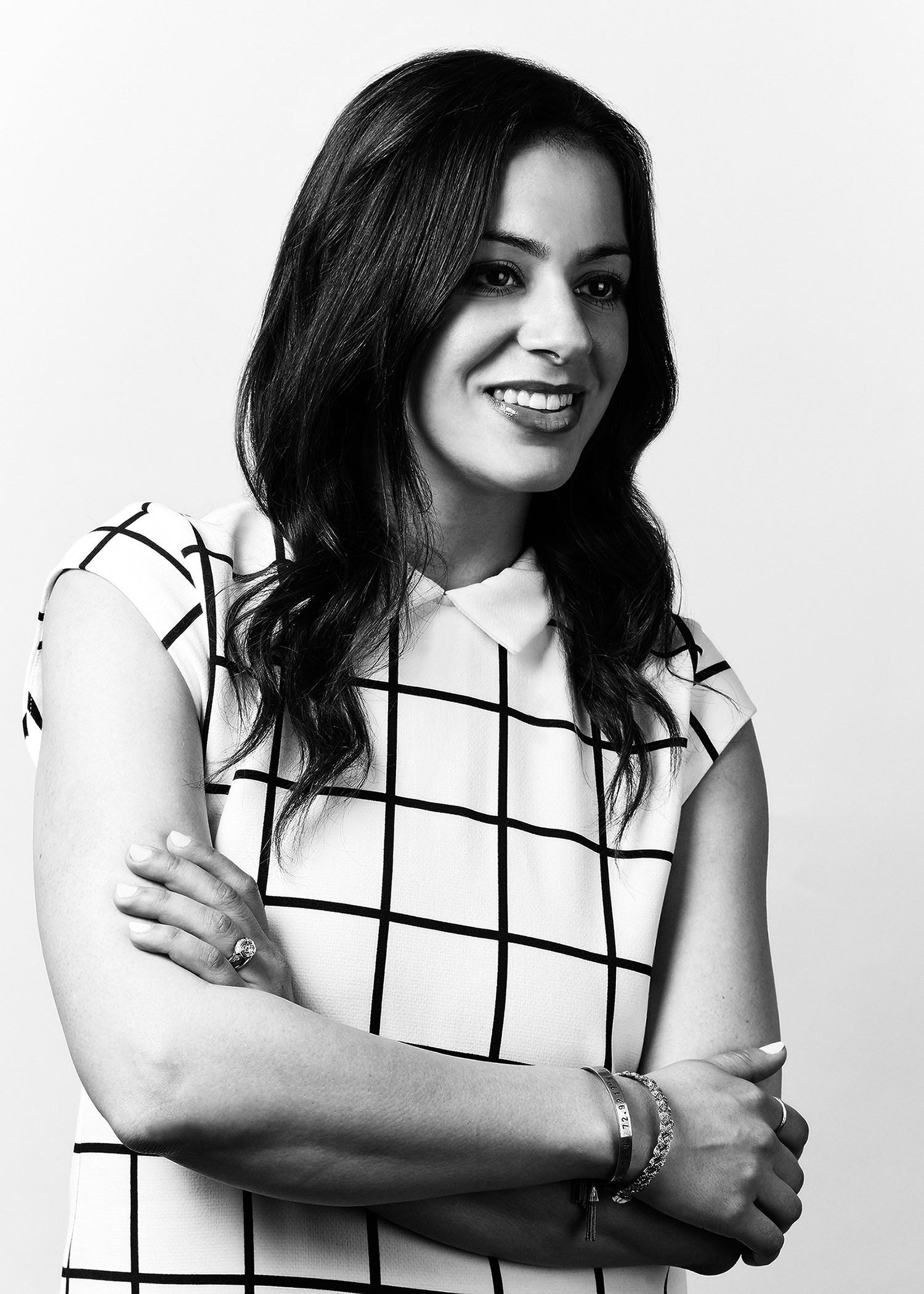Project Pollard

Project’s new president is learning as he goes, and encouraging the contemporary market to do the same.

Other than the tenuous economy, what are some issues the contemporary market is facing? One of the biggest issues is competition from vertical retailers. It makes it very challenging for both independent retailers and brands because verticals get more volume, better price and deliveries. There’s been a major shift in the business from branded to vertical and when there’s change, we immediately feel that it’s negative because it brings challenges. And while that’s true, it also strengthens our industry and the smart ones will find the opportunity. And the opportunity is there in a new creative underbelly of the contemporary market.
There’s also a timing issue: when the economy was a bit tougher, the notion of “buy now, wear now” came into play. But now [in August] consumers can’t even go in to a store and buy a pair of swim shorts. The floor is stocked with wool coats and fur coats…
Heritage has been trending in a major way; do you think it has longevity? I don’t look at heritage as a trend, but as a philosophy. After the cycle we’ve been through, people want authenticity, truth, transparency and value. Heritage is a term that encompasses all that. Right now we’re looking back to certain eras that represent a good feeling. The American heritage you see now will absolutely evolve into different things. I see a movement towards tech, the notion of quality and using modern technology and putting it back into workwear. That will be a huge trend going into next year, but done in a modern way.
Which contemporary retailers are doing it right? At the top for me is Bloomingdale’s. They’re doing a great job and it’s because of the people. David Fisher and Kevin Harter are true visionaries who support the industry. I know David fights to show newness through emerging talent on the floor, and they might not make money from it, but it’s something that’s much needed.
We’re going to start seeing smaller stores further develop their digital presences.
Women’s wear has taken on e-commerce and we’ll start seeing some larger launches of menswear sites. The biggest issue in retail is to rethink presentations: the way retailers present themselves, their brands and how they engage their community.
What will jumpstart contemporary at retail? Freshness. We’re supposed to be in the most dynamic business because things change every six months, but we’re becoming much more resilient to change. We keep creating the same things because that’s what sold well last season. There needs to be balance and more fire, risk and innovation. We as an industry need to support it, which will encourage consumers to buy more.
Another big thing is collaboration. It’s difficult for a single brand or retailer to position themselves out there, but if you collaborate, you become stronger as a community than on your own. I think it creates a different dynamic and new ideas spawn from it.
What are some of your personal goals? I love this industry and I consider myself a steward. I have a responsibility with the kind of business platform that we have—access to all of the best retailers, vendors, press—and it would be a shame if we didn’t use that to help move our industry forward.







